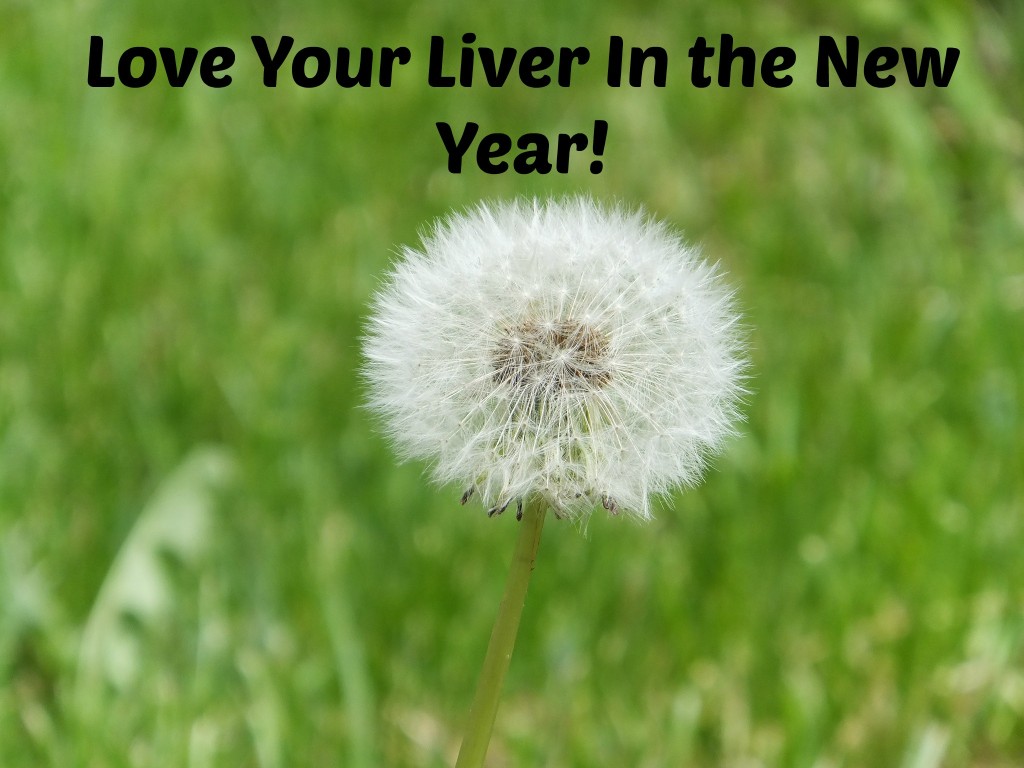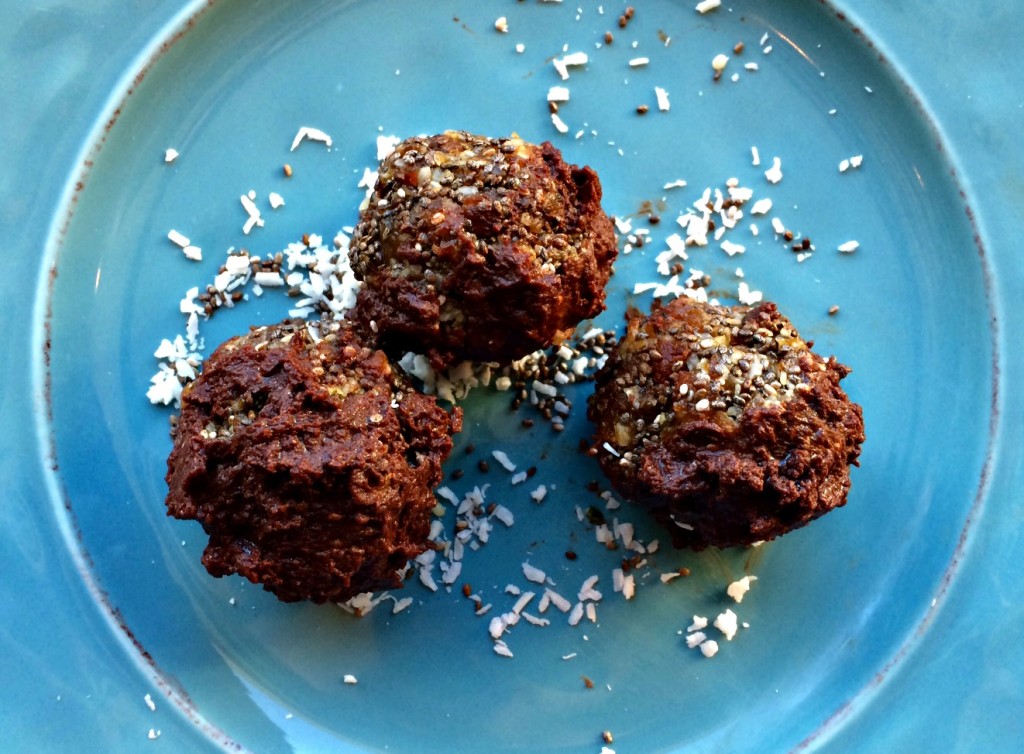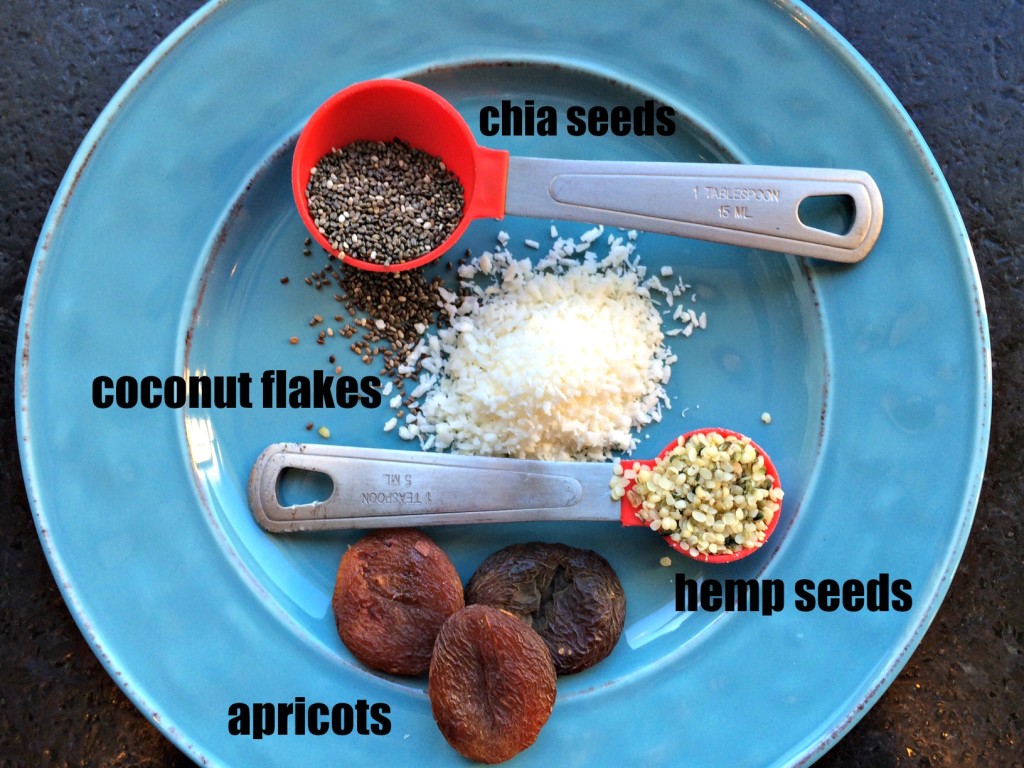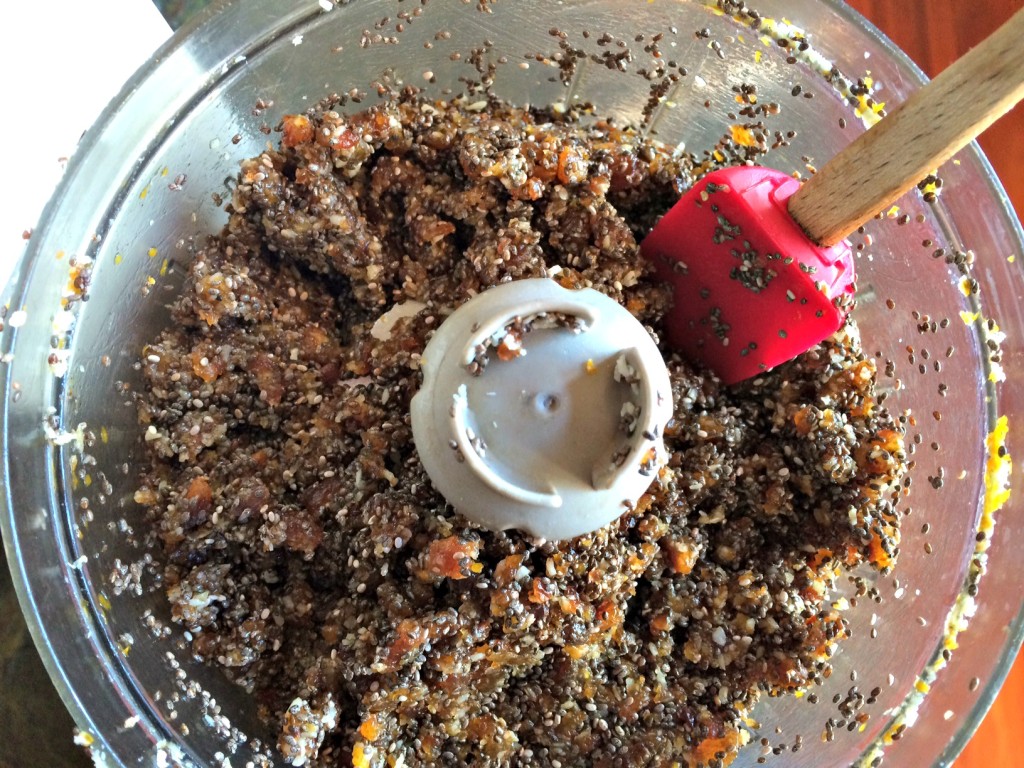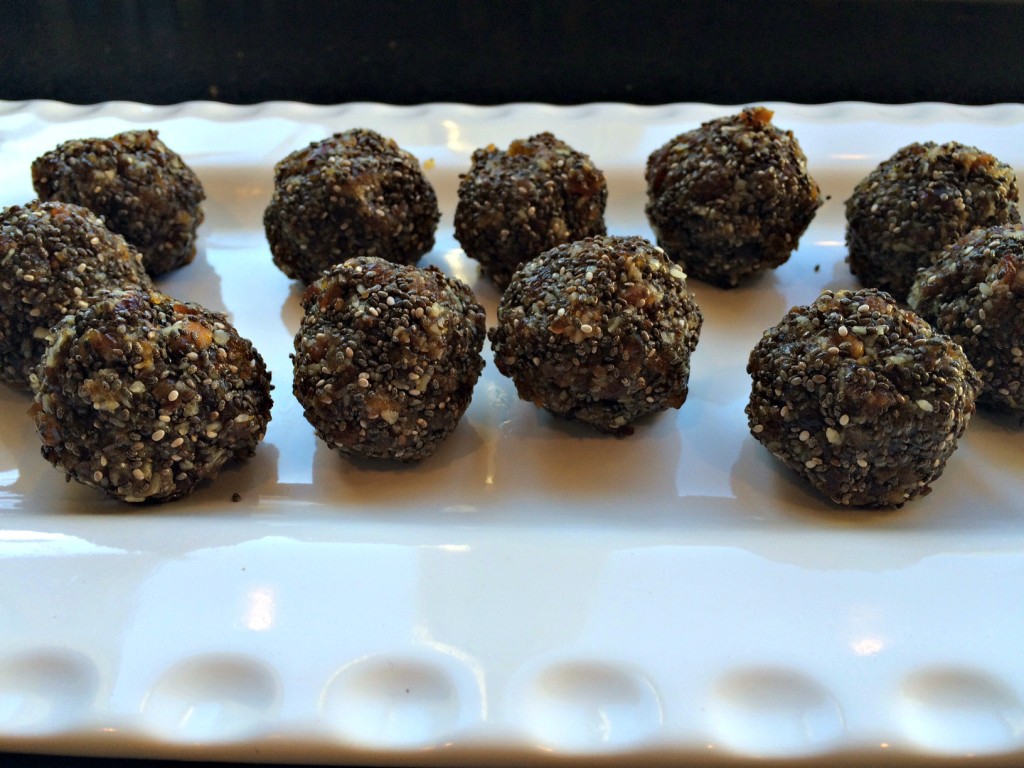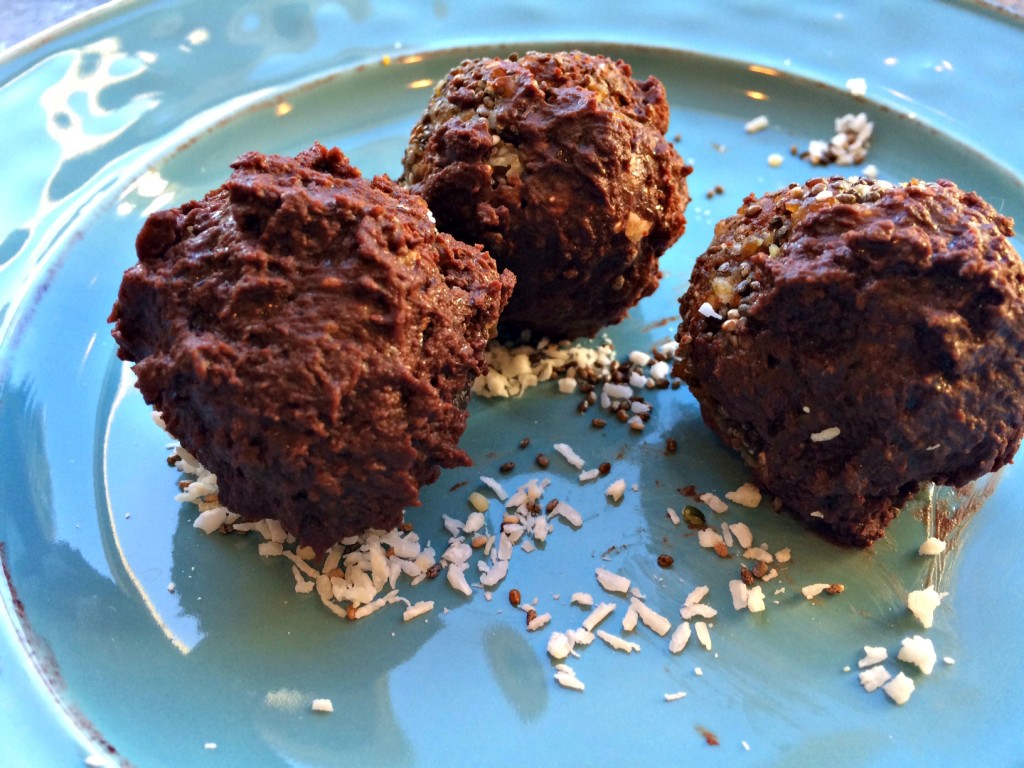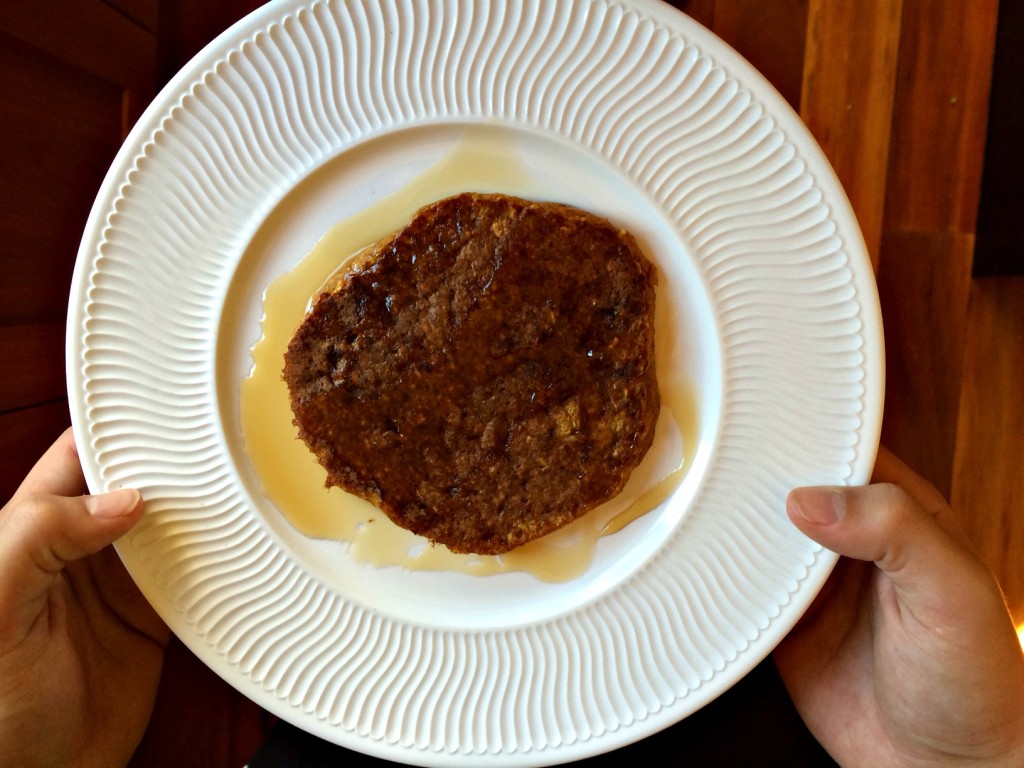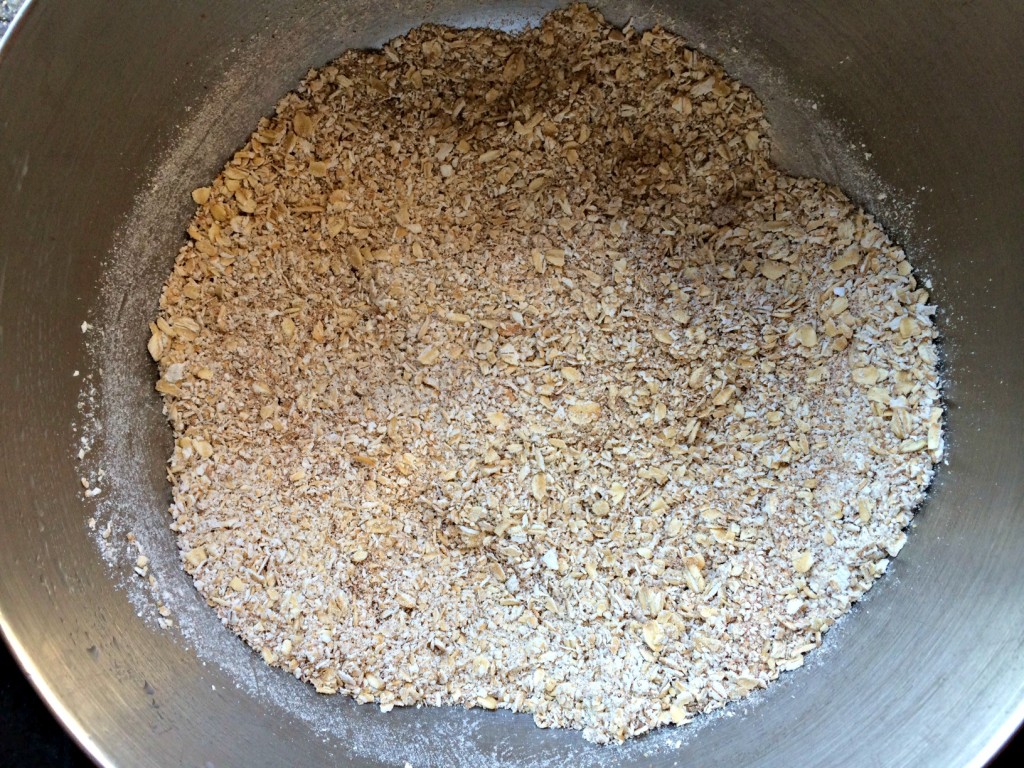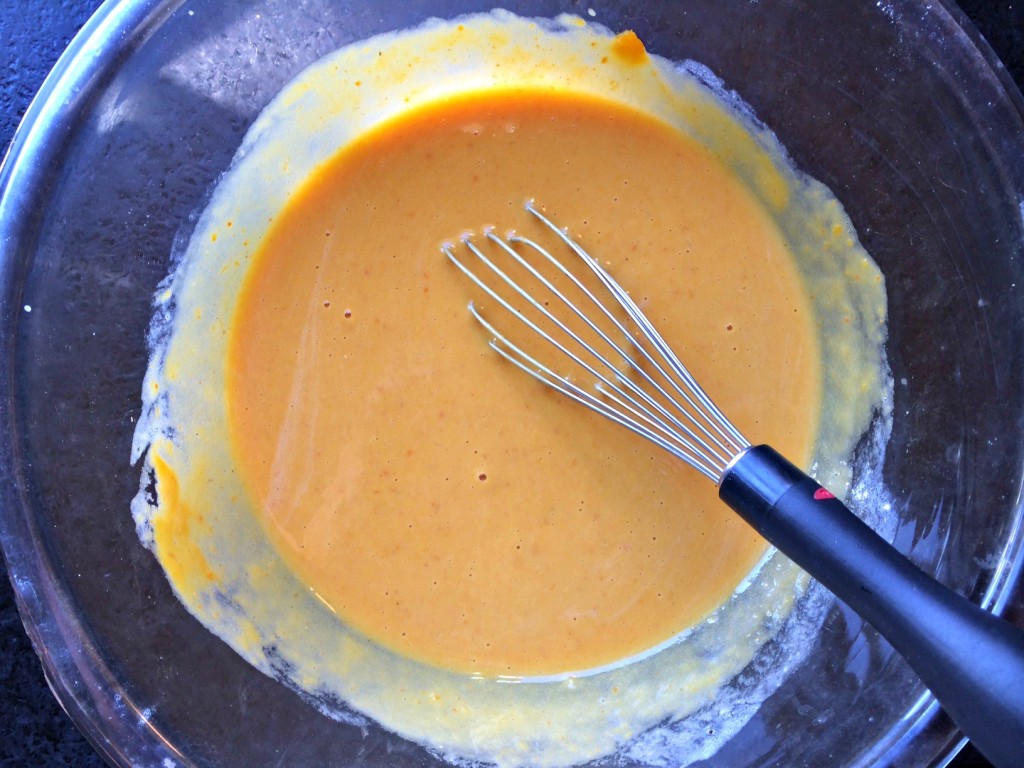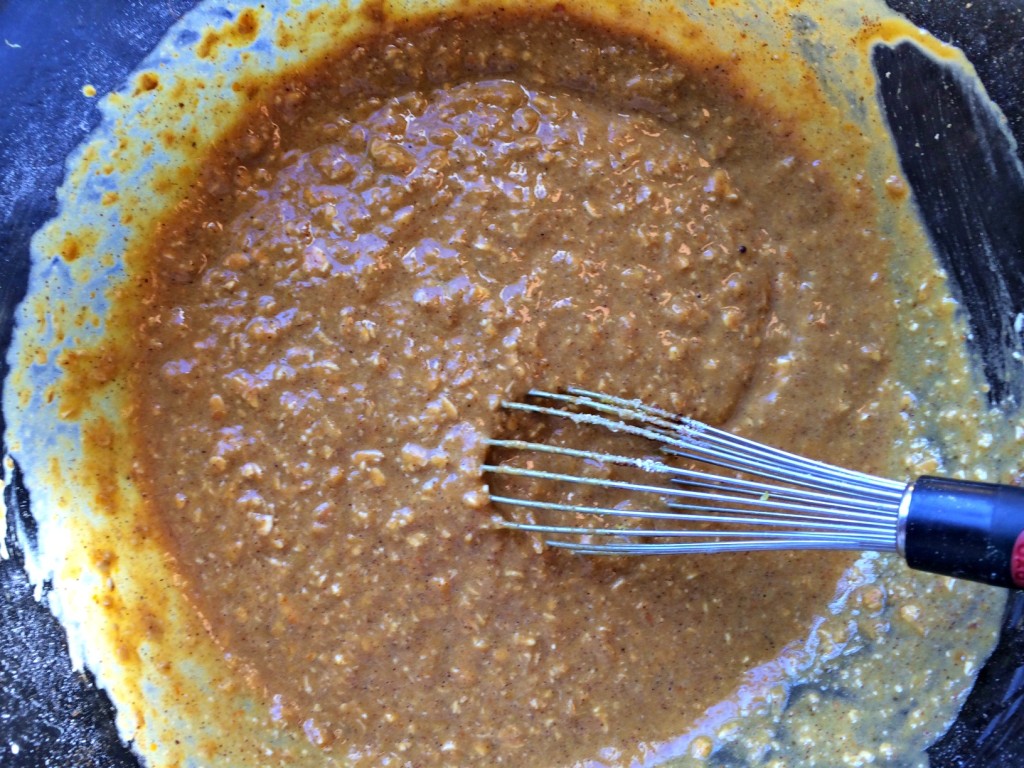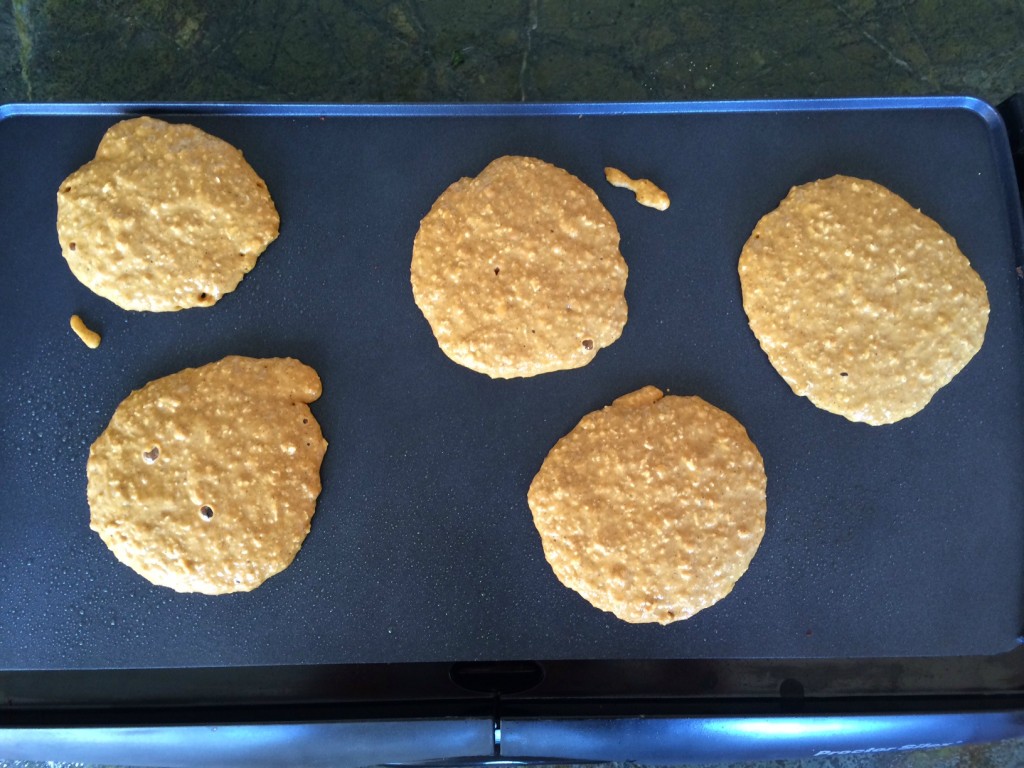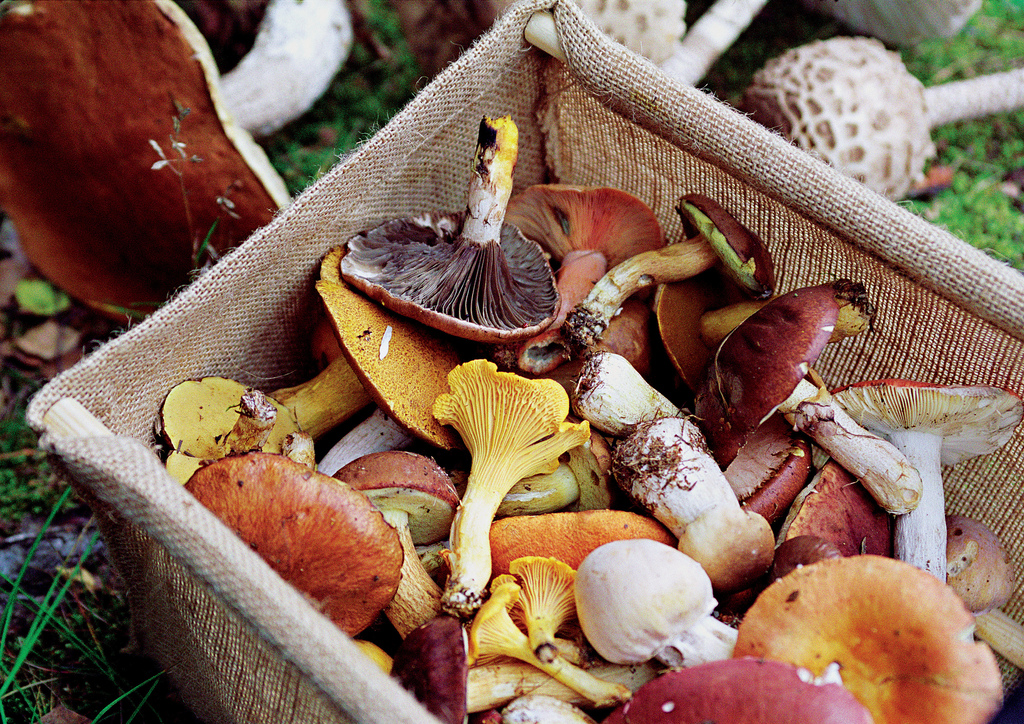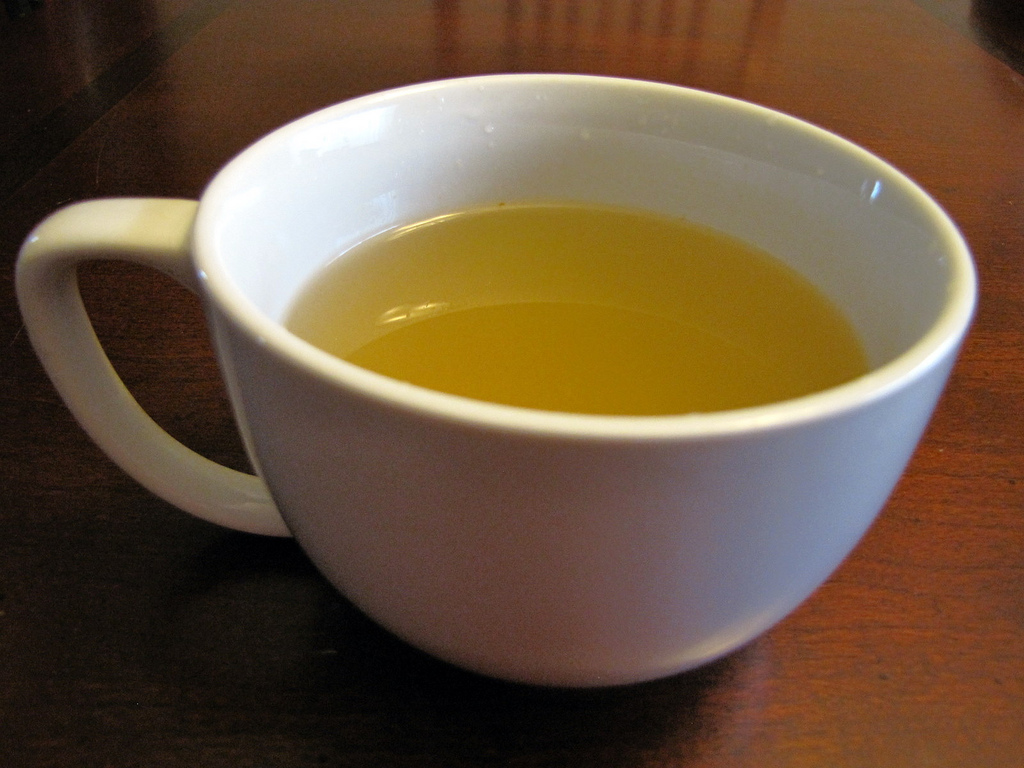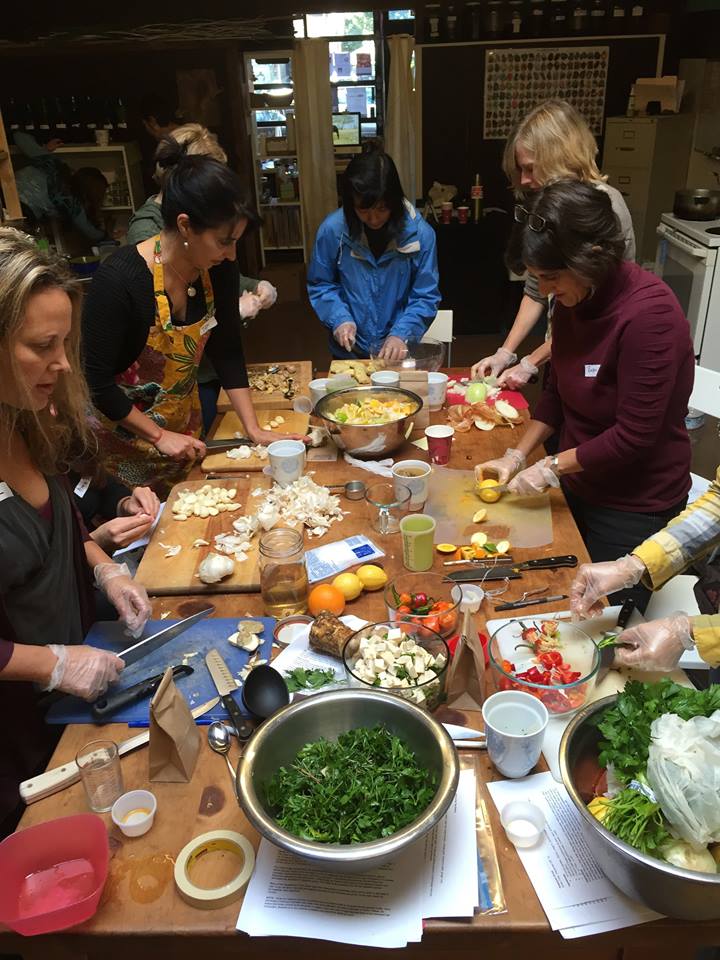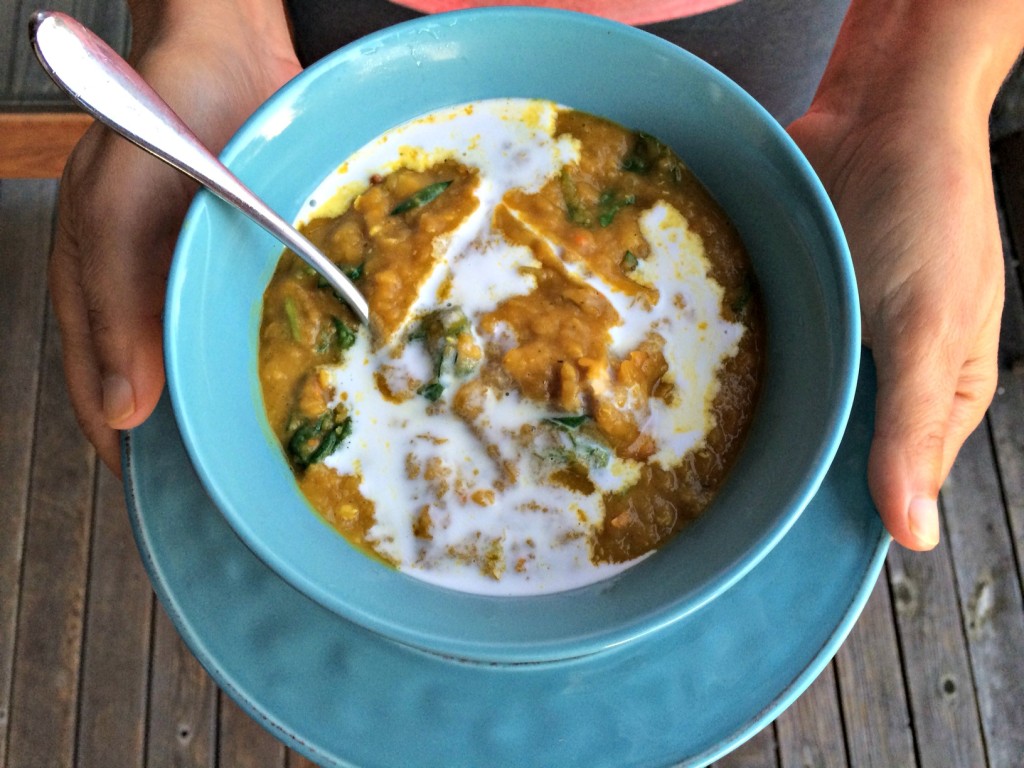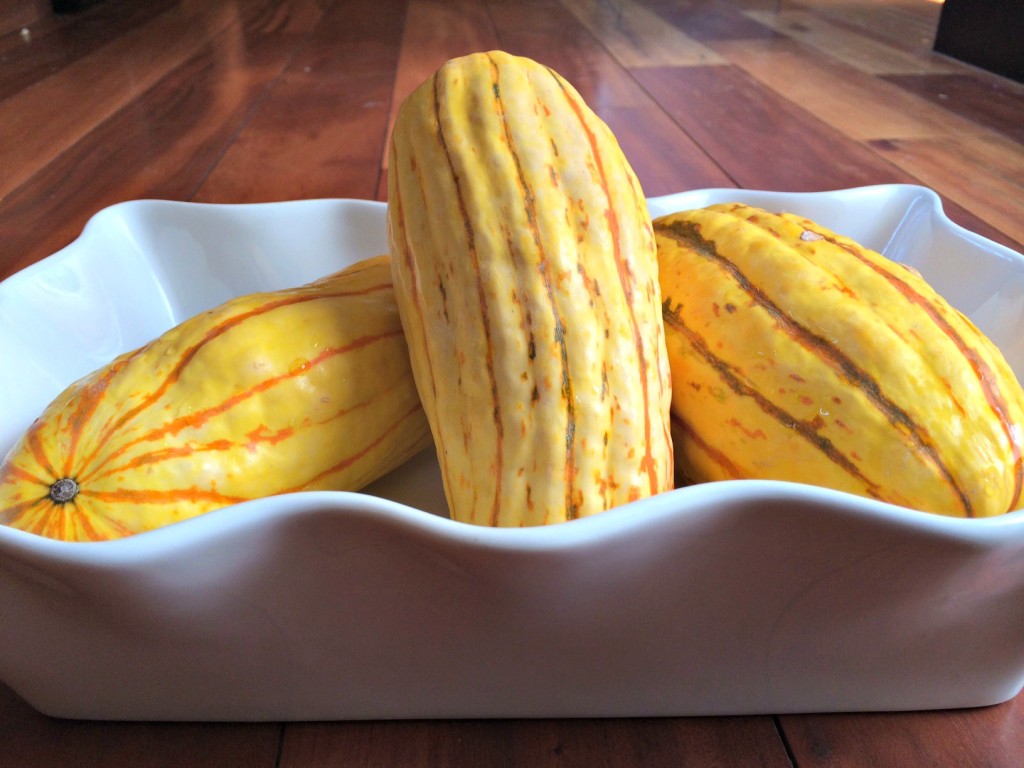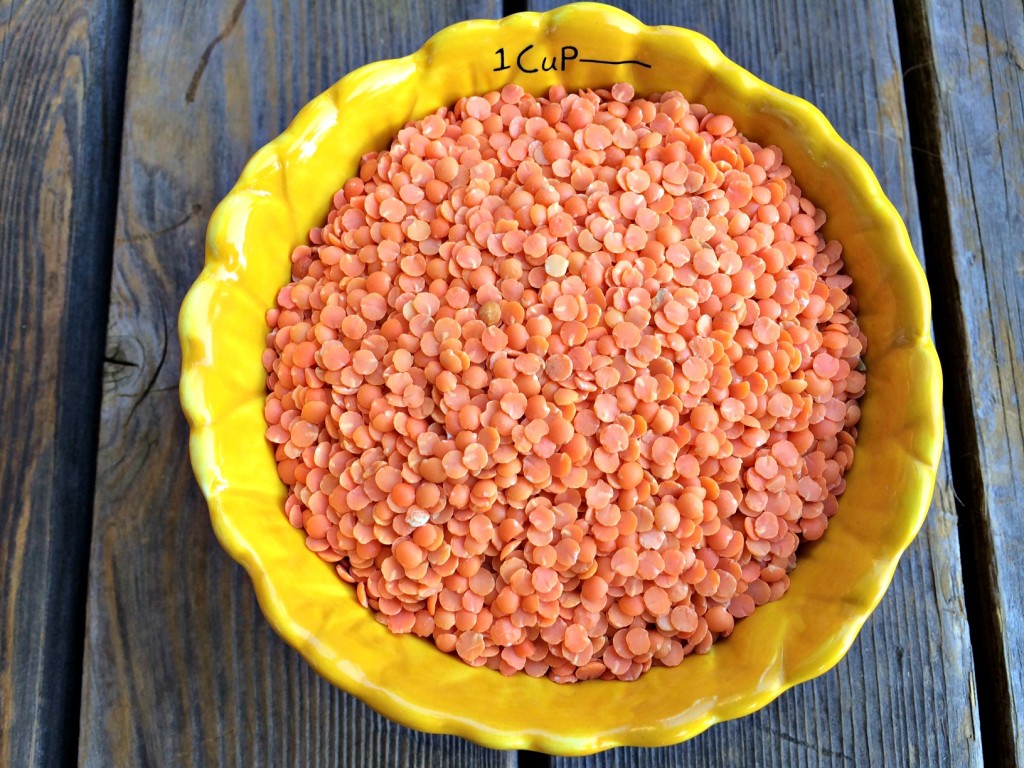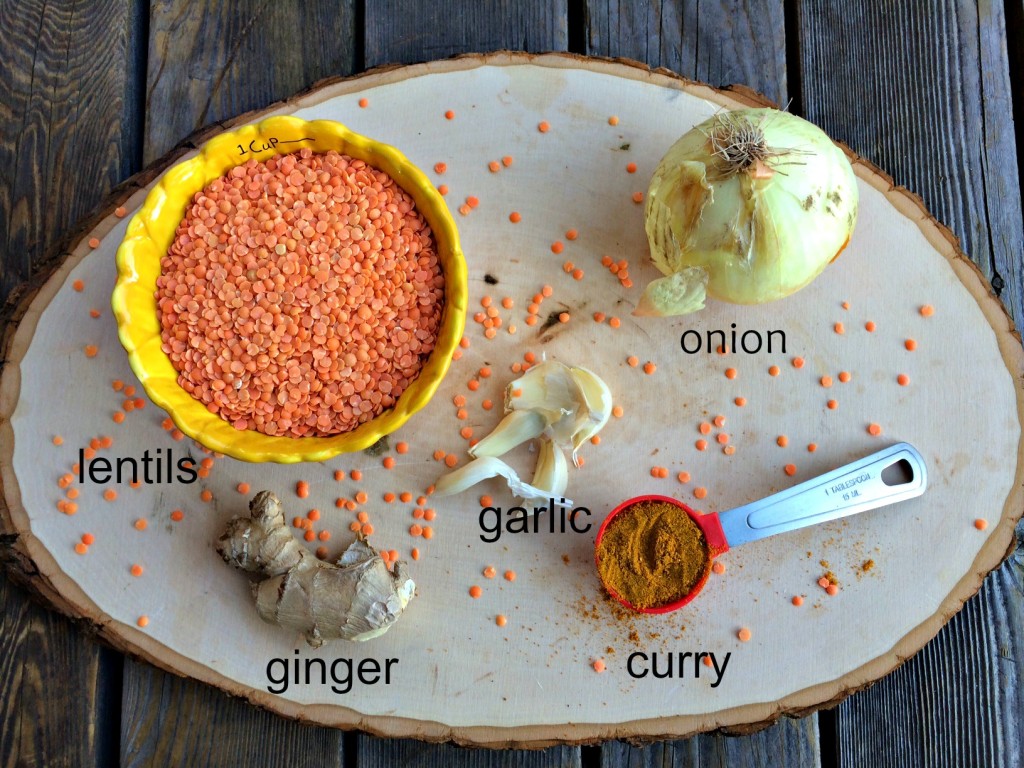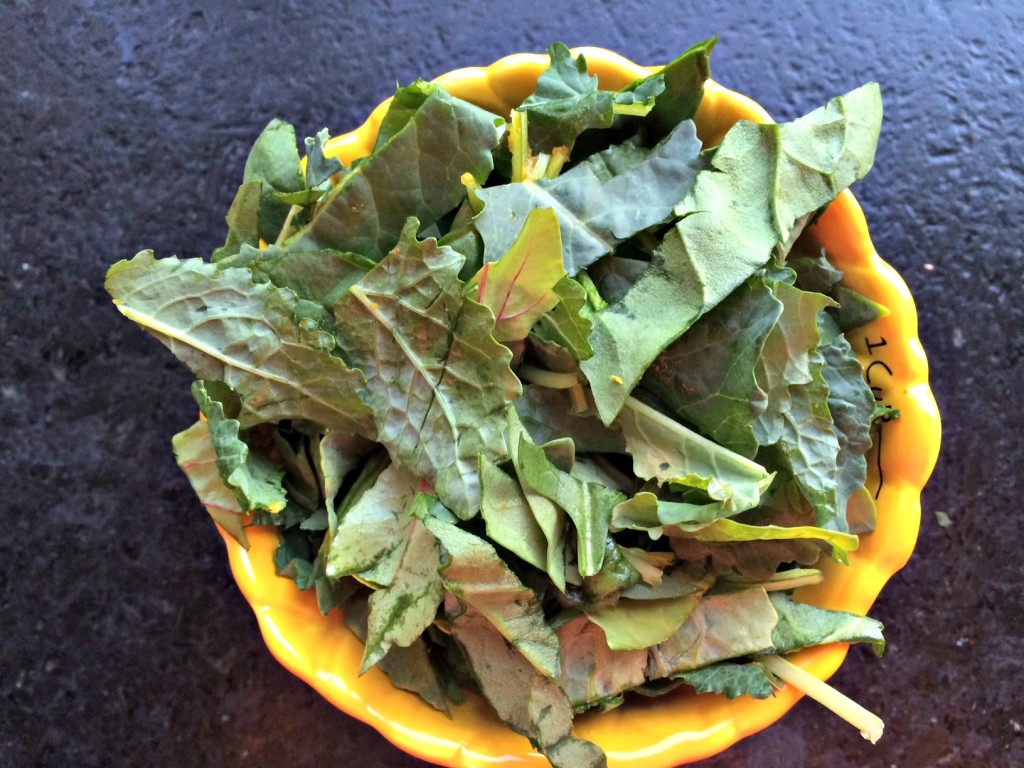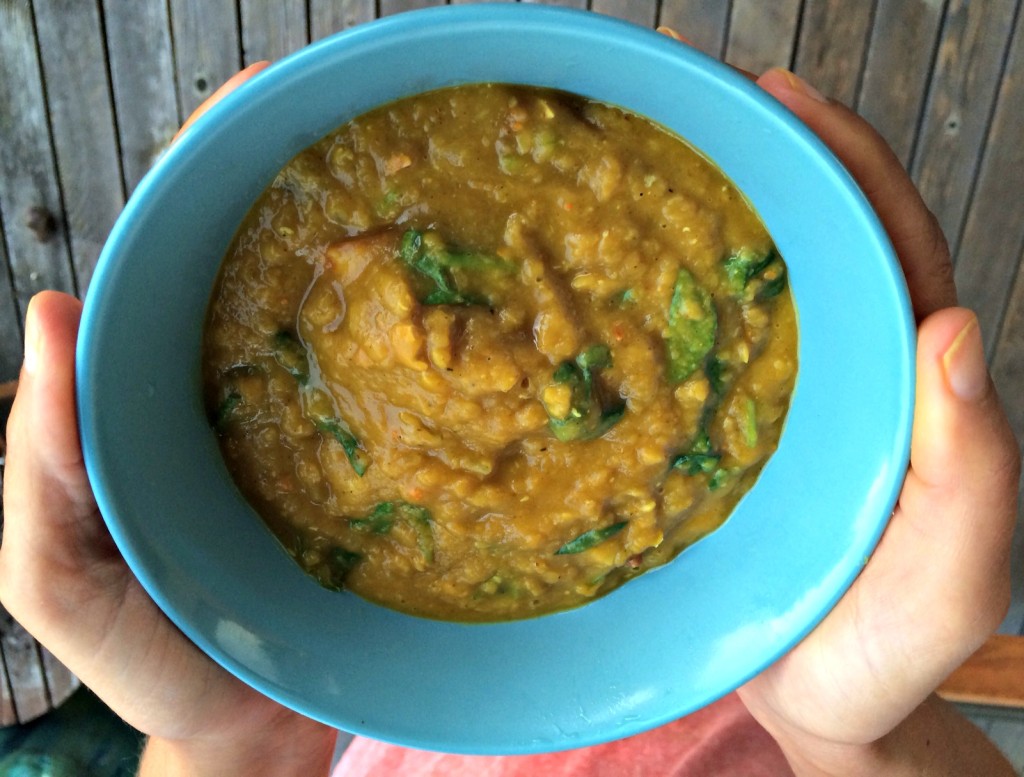I am so happy to have Kim Magraw, LMT, from Concordia Wellness, share his ideas about the importance of balance in your life.
Balance is a key to health. We have balancing mechanisms for digestion, immunity, growth, and to keep us from toppling on our way down the stairs. One of our most fundamental balancing mechanisms is the dyad known as sympathetic and parasympathetic. These are the divisions of the autonomic – or involuntary – nervous system that determine whether we are ready to act quickly and decisively in the face of threats and opportunities (sympathetic nervous system), or relax, digest, and recover from bouts of activity (parasympathetic nervous system).
A glance at the masses hurriedly driving to and fro, from one chore to another, tells us that the sympathetic state is the dominant state for most of us. We run from one activity to the next, getting too little sleep, with anxiety spilling over the brim.
To maintain health and happiness over the long term we must also spend time in the parasympathetic state, which is also known as the “rest and digest” state because it activates digestion and is characterized by lower blood pressure and slower heart rate. We can have a designer workout routine and eat only the best foods available, but if we’re stressed to the max we won’t maximize their benefits, and ultimately the stress will catch up with us. When we allow the parasympathetic nervous system to enter our lives more fully we invite greater bodily health and wellbeing. A surprising array of benefits arises such as creativity, calm, solutions to sticky problems, and perspective.
Once we’ve got our minds set, it’s quite simple to dwell more in the parasympathetic state. For example, during your meals chew your food fully and eat mindfully. Allow your body to really taste the flavors, feel the textures, and absorb the nutrients in your food. You might also get a massage, soak in a warm bath, engage in focused breathing exercises, or meditate. Spend quality time with your pet (put down that mobile device and experience the world with your pet). Take a slow walk in nature or around your block simply absorbing the sights, sounds, smells, and the feeling of the ground beneath your feet. Read a “mindless” book or do some artwork with no intent other than to see what comes out.
Finally, as we seek more balance, let us be forgiving of ourselves. Indeed, forgiveness is another wonderful way to free ourselves from the fight-or-flight vortex. Balance requires frequent correction, so let us correct with empathy, curiosity, and humor.
Photos from Kool Cats Photography under the Creative Commons license. Text added by me.


